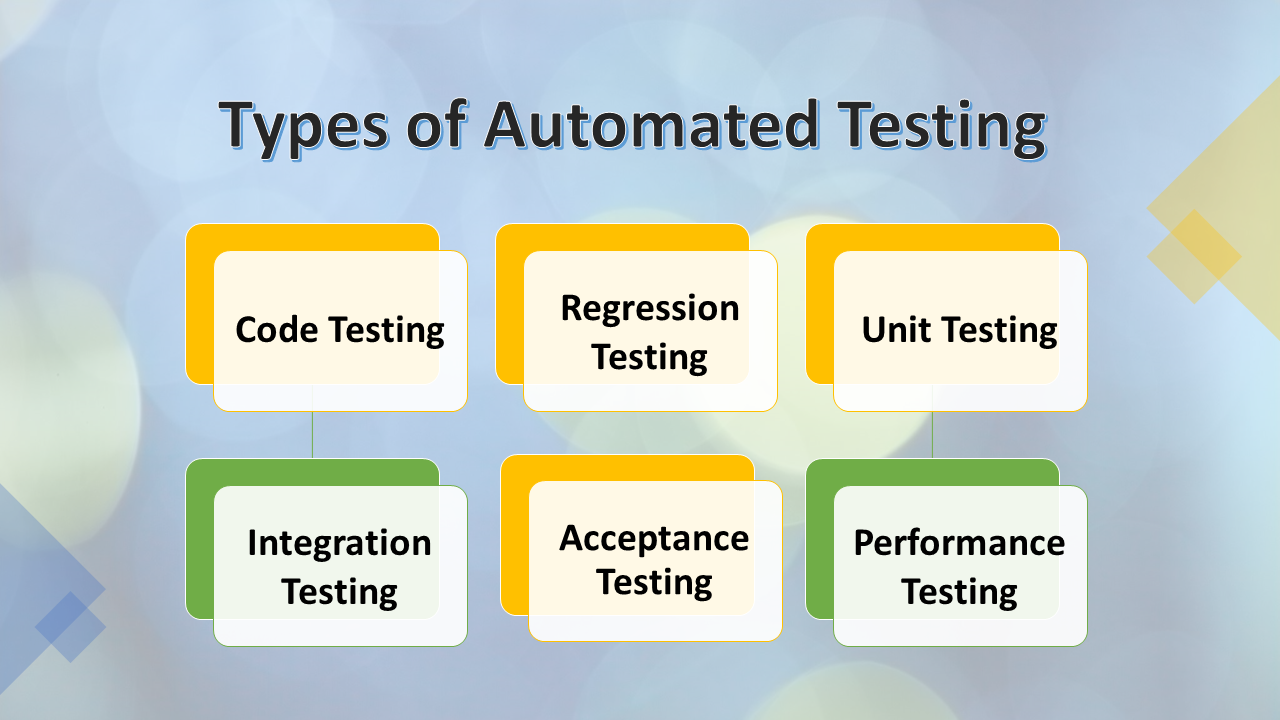Understanding Automation Testing: Tools, Strategies, and Advantages
Wiki Article
From Manual to Automated Testing: A Comprehensive Guide to Transitioning Smoothly and Efficiently
In the realm of software program testing, the shift from manual to automated processes has come to be a progressively essential transition for companies looking for to boost efficiency and precision in their testing practices. The journey from handbook to automated testing is not without its challenges, however when approached tactically and with a clear strategy in mind, the benefits can be significant.Advantages of Automated Checking
Automated testing offers various advantages, enhancing efficiency and precision in software advancement processes. Automated tests can be run at the same time on numerous devices and operating systems, dramatically speeding up the screening stage compared to hand-operated screening.Additionally, automated testing ensures a higher degree of precision in identifying problems. Consistency in screening is also improved, as automated examinations perform the very same actions specifically each time they are run.
Picking the Right Devices

First of all, analyze your needs and purposes. Comprehend the range of your project, the innovations entailed, and the ability of your group. This analysis will certainly aid you identify the capacities and features you require in your screening tools.
Secondly, consider the compatibility of the tools with your existing procedures and systems. Seamless combination with your current software application advancement lifecycle is vital to ensure a smooth change to automation.
Furthermore, examine the scalability and flexibility of the devices. As your screening needs develop, the devices must have the ability to adapt and suit adjustments properly.
Last but not least, element in the assistance and area around the devices. When executing automated screening, robust assistance and an energetic user area can provide valuable resources and aid. By meticulously thinking about these facets, you can choose the right tools that line up with your requirements and set the stage for a successful transition to automated testing.
Writing Efficient Examination Scripts

When crafting examination manuscripts, it is crucial to think about the particular demands of the software program being tested and make sure that the scripts attend to all important capabilities. Clear and detailed naming conventions for examination scripts and test situations can improve readability and maintainability. In addition, integrating mistake handling devices within the examination scripts can aid in identifying and attending to problems promptly.
In addition, organizing test manuscripts into modular components can improve reusability and scalability, minimizing redundancy and improving effectiveness in test manuscript upkeep. Normal reviews and updates to check manuscripts are crucial to maintain rate with developing software their explanation program demands and capabilities. By following these concepts, testers can develop durable and reliable test scripts that contribute dramatically to the success of automated testing procedures.
Integrating Automation Into Workflows
Reliable assimilation of automation tools right into existing workflows boosts and simplifies processes productivity within software application advancement cycles. When incorporating automation right into operations, it is essential to identify recurring tasks that can be automated to conserve time and minimize human mistake. By effortlessly incorporating automated testing tools like Selenium or Appium right into the software application advancement lifecycle, teams can attain faster comments on code modifications, bring about quicker bug detection and resolution. This assimilation enables continual testing throughout the growth procedure, ensuring that any type of issues are identified early on, leading to higher software program top quality. Furthermore, automation can be used to activate tests instantly after each code commit, supplying instant validation and liberating testers to concentrate on even more complicated scenarios. Correct assimilation of automation tools needs partnership in between advancement, Read More Here testing, and procedures groups to establish a unified workflow that enhances performance and performance in providing top quality software.Ensuring a Smooth Shift
Efficiently transitioning to automated testing includes careful planning and careful execution to take full advantage of and reduce disturbances efficiency in the software development process - automation testing. To make certain a smooth transition, it is vital to begin by conducting a thorough evaluation of the existing testing processes and identifying areas where automation can bring the most considerable advantages. Involving with all stakeholders beforehand in the process, including designers, testers, and job managers, is essential for garnering assistance and buy-in for the automation initiativeCommunication is key during this shift stage. Clear communication of the goals, benefits, and assumptions of automated testing assists to manage any kind of resistance or issues that may develop. Furthermore, supplying appropriate training and resources for team members to upskill in automation devices and strategies is crucial for making sure an effective transition.

Verdict
Finally, transitioning from manual to automated testing supplies countless benefits, including enhanced effectiveness and integrity. By picking the appropriate tools, writing efficient test scripts, and integrating automation effortlessly right into operations, organizations can guarantee a smooth reference and successful change. It is essential to embrace automation as a useful property in software screening procedures to improve overall high quality and efficiency.In the world of software program screening, the change from guidebook to automated procedures has ended up being a progressively important transition for organizations seeking to enhance performance and accuracy in their screening methods. Automated tests can be run at the same time on several tools and running systems, drastically speeding up the testing phase compared to manual screening. Uniformity in screening is additionally improved, as automated examinations perform the exact same steps precisely each time they are run.To make sure the effective implementation of chosen screening tools, the development of efficient examination manuscripts plays an important role in validating the capability and performance of automated processes - automation testing. By adhering to these principles, testers can develop durable and effective examination scripts that add considerably to the success of automated screening processes
Report this wiki page